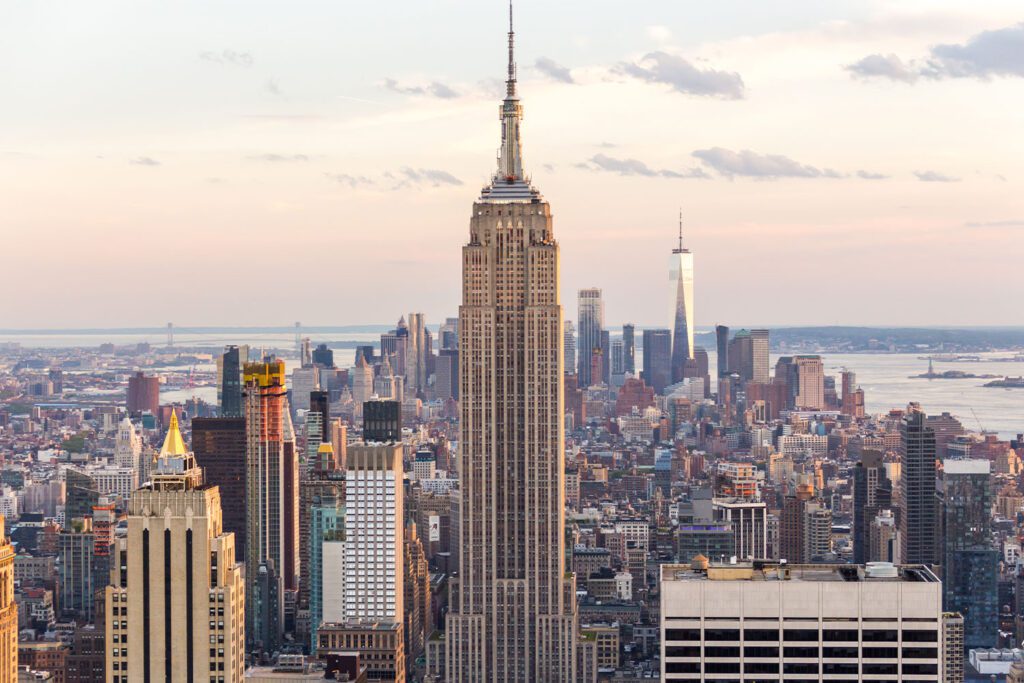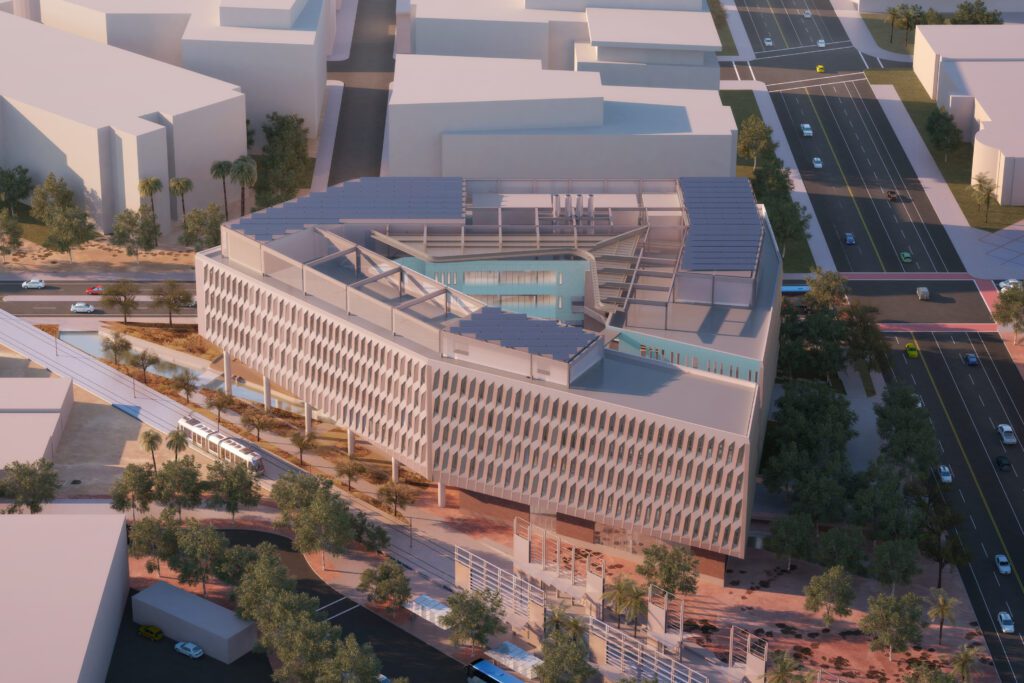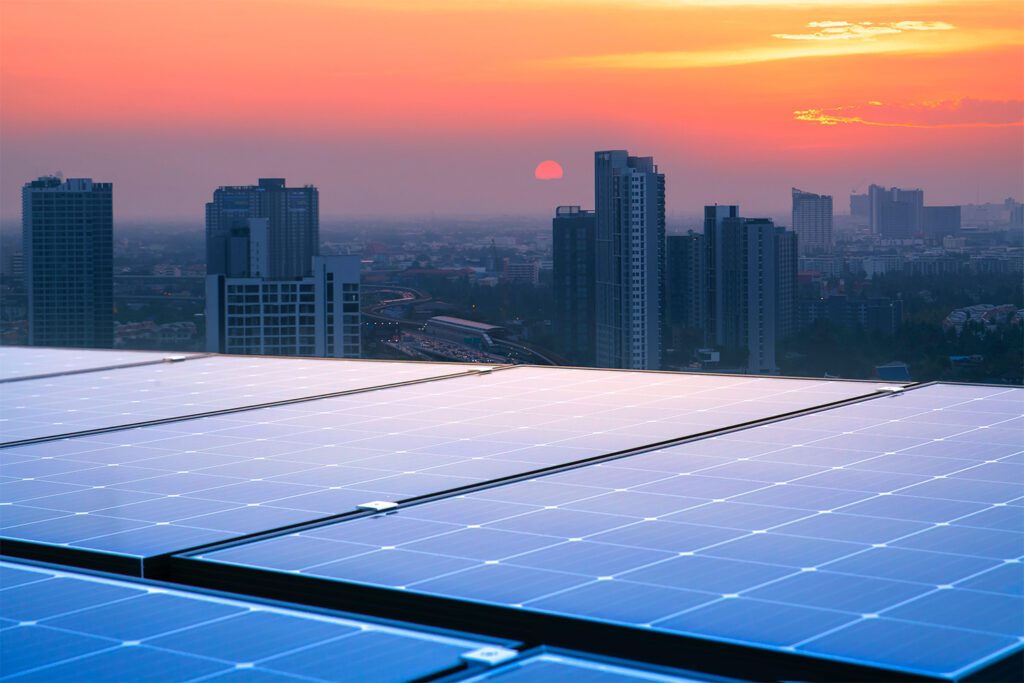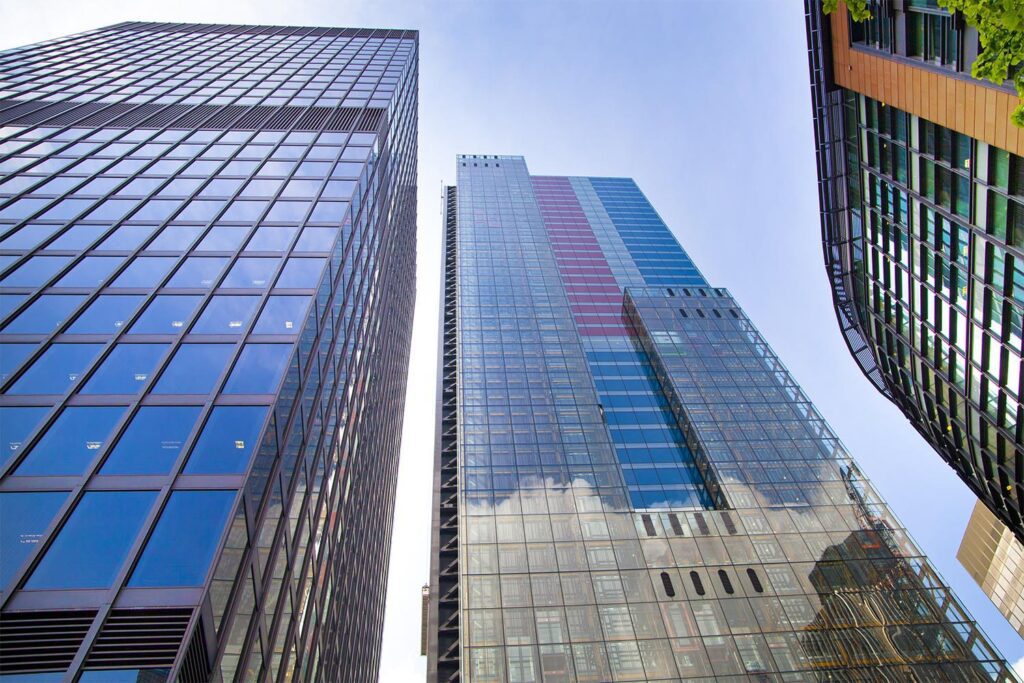US decarbonization regulation and legislation
The decarbonization of buildings and assets is an area that is seeing investment and growth. Here, we look at some of the legislation, regulation and other drivers of decarbonization across the United States.
The Inflation Reduction Act
The landscape in the US is changing. In part, this is being driven by legislation to address harmful emissions and to encourage innovation in renewable energy. For the built environment, this is at both local and national scale. There are two main players to consider: the Inflation Reduction Act (IRA) and the growth of Building Emissions Performance Standards (BEPS), like Local Law 97 (LL97) in New York City and Building Emissions Reduction and Disclosure Ordinance (BERDO) in Boston.
The IRA is a federal law that is primarily focused on reducing the deficit in the US; it will invest in climate and energy work as part of achieving this. There is a wide range of funding, programs and initiatives to support a move to a clean energy economy and to decarbonized infrastructure systems. It is a clear statement of intent of making the US a leader in the fight against the climate crisis and towards a cleaner and more affordable future.
Jason Masters is energy planning lead at Buro Happold, based in New York. He said, “The IRA enacted specific changes to the tax code that are very relevant. Section 48, for example, highlights certain renewable energy assets (including solar, wind and geothermal) that can receive a minimum of 30% tax credit off not just the cost of an asset, but the entire implementation. It’s almost like taking 30% off their entire cost.
“And then there are the environmental and technological justice applications to the IRA. For example, when starting at the 30% mark, you can receive 10% more off if you are using fair or union wages, and another 5% if working on a project in an area of environmental justice and another 5% if that work is a training site. There are genuine cost savings through these kinds of programs.”
The IRA is a strong movement forward toward achieving an energy efficient future.
Jason Masters, energy planning lead at Buro Happold
Because it deals with funding streams and opportunities for investors and developers to save money, the IRA is firmly focused on incentivizing decarbonizing activities for investors and developers. Jason Masters said, “The IRA is a strong movement forward toward achieving an energy efficient future.
“We need to keep the momentum moving forward, knowing that the path is not set. The IRA incentivizes private industry to lend more into the private field. That is mobilizing capital from private institutions into these energy efficient and renewable energy assets, to affect that energy transition that we’re looking for.”
Local Law 97
Other legislation in the US focuses on penalties for those in the built environment who do not take action to decarbonize. LL97 was passed by New York City Council in 2019. It requires existing buildings in the city to reduce their emissions by 40% by 2030 and 80% by 2050. Buildings account for two thirds of greenhouse gas emissions in New York City: they are an obvious target when searching for ways to tackle the climate crisis.

The carbon emission limits enacted on the largest buildings (over 25,000 square feet) in the city will result in fines for those who do not reduce their emissions from 2024. The emissions limits become more stringent as we move towards 2050. This law has a particular point of interest: that it targets existing buildings, rather than focusing on new development. It will require owners and operators to make changes to what is in place right now.
The mixture of incentives and penalties available for the built environment to decarbonize across the US falls under a ‘carrot and stick’ scenario. Julie Janiski, US partner said, “Legislation like LL97 and (BERDO) are setting up a clear precedent for how governments are starting to enact requirements for buildings to get to a certain level of emissions over time. And penalties are shaping up to be an important business risk to mitigate as building owners are planning for decarbonization requirements and opportunities.”
What else is driving the change in the US?
The social and political landscape in the US is also highly relevant in driving forwards decarbonization efforts. For example, the IRA was authored by the Biden administration; which political party in power has a profound impact on priorities and Presidential executive orders.
Additionally, young people are increasingly mobilized to demonstrate their support for causes they feel strongly about. For many, this includes the climate crisis. Jason Masters said, “Social change on this is being pushed by young people. They have a really clear awareness on what is happening to the climate. What is happening with young people is being implemented into policy; and that policy is starting to get some teeth. These generations are now demanding change.”






